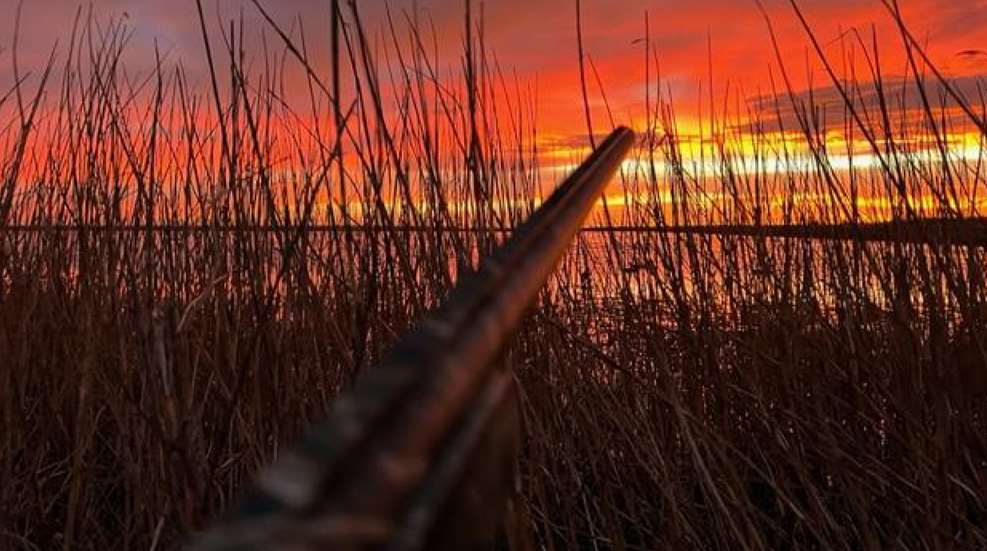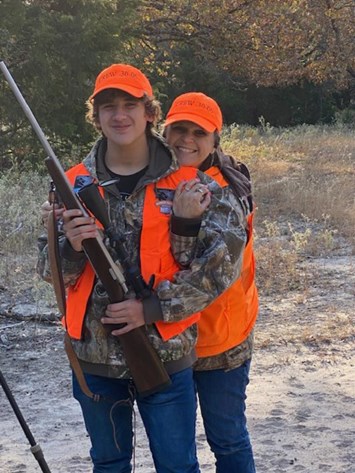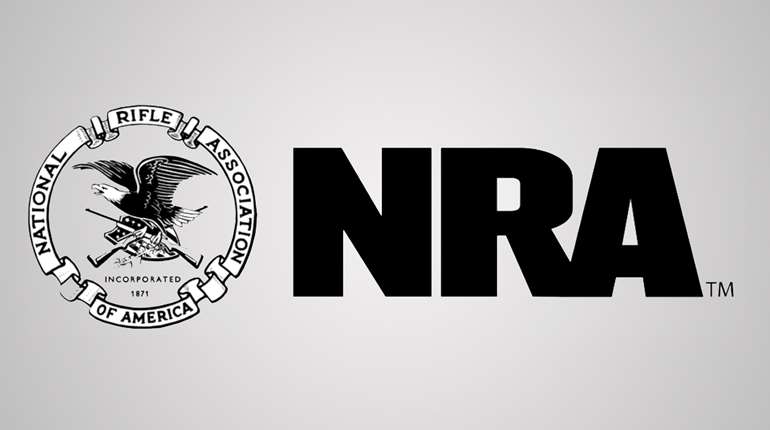
Famed author Robert Ruark made the phrase “use enough gun” everyday hunting lexicon in his 1966 book, Use Enough Gun: On Hunting Big Game. In his book, he relates the stories of his African safaris and the importance of matching your gun to the game you are pursuing. This is not only important for safety, but to prevent wounding loss of game.
When hunting dangerous game animals in Africa, North America, or anywhere else in the world, using too little gun can result in a sinking feeling with the thought of an animal’s claws and teeth—sinking into your flesh! Having to enter the long grasses of Africa in search of a wounded lion or leopard is something few guides, much less clients, look forward to doing! The other reason why it is important to use enough gun when hunting is to prevent wounding loss of game.
Any hunter will tell you that wounding and losing an animal is one of the worst feelings. This is exponentially magnified when the animal that was lost was a long-sought-after trophy. Every avid hunter has experienced the scenario, whether in their own hunt, while mentoring a new hunter, or being asked by another hunter to help track a deer, elk or other game animal that cannot be immediately located. It usually starts with blood located at the point of impact and sometimes there is a blood trail that comes to an end a short distance away.
No matter how many game animals a hunter takes in his or her lifetime, it is the game that they wound and lose that they remember. No matter how much time has passed, any hunter that has shot and lost an animal can tell you everything in detail about the circumstances surrounding the incident. I participate in many youth hunts and, unfortunately, wounding and losing a deer happens. I am glad to say that it is not common, but it does occasionally happen. When it does occur and I am in the blind or stand, I can remember every detail including how many steps the deer takes, how it stumbles, its head position, etc.

Wounding and losing an animal are bad enough in its own right, but when it happens to a new hunter, regardless of the age, the impact can be long lasting. It can be an emotional experience when a new hunter loses his or her game to the point where they feel they no longer want to hunt. It is our job to recruit hunters, not chase them off.
When an animal is wounded and lost, it is almost always the shooter’s error. If you are mentoring a new hunter, and wounding does occur, it could also be your fault. There are two ways a mentor may not properly prepare their new hunter for the hunt. The first is the mentor does not spend enough time at the gun range with the new shooter. The second reason is that the mentor may have provided the new shooter with an improper firearm for the hunt or a gun that is the wrong caliber or gauge.
The most common mistake of not using enough gun for the hunt is with bird hunters. If you go into any dove field or duck blind in the marsh, you will almost always find the men using 12-gauge shotguns and the women and kids shooting 20-gauge shotguns. This is fine if the women and kids are experienced enough to shoot a smaller gauge. New shooters are usually given 20-gauge because it does not offer as much recoil as a 12-gauge shotgun.
There is a balance or give-and-take when it comes to shotgun gauges. A 12-gauge shotgun may kick harder than a 20-gauge, but the smaller 20-gauge has fewer pellets or shot in the shotgun shell. Fewer pellets mean fewer projectiles traveling through the air to their intended target. In other words, more experienced shooters tend to switch to a 20-gauge shotgun to make their hunt more challenging. Even more of a problem is when you see a young hunter with a .410-bore shotgun—which is considerably smaller than a 20-gauge gun.
As a mentor we want our “student” to have success. If everyone hunting has something to take home except the new hunter, then they may not have a very rewarding day. Experienced hunters usually have a great day regardless of if they take something home, whereas a new hunter may not yet be at that mental level.
There are ways to put a larger shotgun in a new shooter’s hands without all the recoil, thus improving chances of success. Instead of a 12-gauge over-under or pump shotgun, consider a 12-gauge semi-automatic. The semi-automatic shotguns absorb much of the recoil and feels like that of a 20-gauge over-and-under or pump shotgun. This makes the hunt more enjoyable, and the shooter is more likely to have success.
When big-game hunting, rifles pose a unique problem for novice hunters. The trend today is toward modern sporting arms. Although .223 Rem or 5.56 can be an effective hunting cartridge in the right hands—and in a state in which it is legal to use for hunting—I recommend you opt for a larger caliber such as .308 or .300 Blackout, for example. Generally speaking, a larger bullet causes more tissue damage, a larger wound channel, and ultimate death. This increases the chance of game recovery. However, any game warden will tell you that many whitetail deer have fallen to a poacher’s .22 LR. Not legal or recommended.
There are many examples of small cartridges taking down very large animals. On May 10, 1953, Belle Twin, a Cree Indian was hunting small game around Slave Lake in Alberta, Canada. A grizzly bear materialized at about 30 feet and had the 5-foot-tall woman on the menu. She quickly took aim with her .22 LR single-shot Cooey Ace 1 and killed the world record grizzly bear. Another example of the potency of a small-caliber firearm occurred in Bangkok on March 8, 2013. A poacher used a CZ .22 LR to kill an elephant in Kaeng Krachen National Park. While the first was self-defense, not recommended.
Smaller caliber rifles can be very effective for taking game animals if the shooter is experienced, practices often, understands the ballistics of the particular cartridge being used, and knows where the vital organs are in the animal being hunted.
Many states recognize that larger calibers are preferrable to their smaller counterparts. The .243 Rem is the minimum standard for most western states. Quality ammunition is the key to the terminal performance of this caliber. If recoil is an issue for new hunters that are using larger calibers such as the .30-06 Sprg., many ammunition manufacturers offer low-recoil options. On many youth hunts, I have had the young hunter use Remington Low Recoil .30-06 Sprg with great success.
Success is determined by the shooter’s experience, skills, and the equipment they are using. Nobody wants to lose an animal after a hunt, especially if it is wounded. Use the largest caliber you can effectively shoot to increase the chance of game recovery. This is very important when introducing a new hunter to the activity. Remember, success often leads to a new hunter looking forward to his or her next hunt!














































